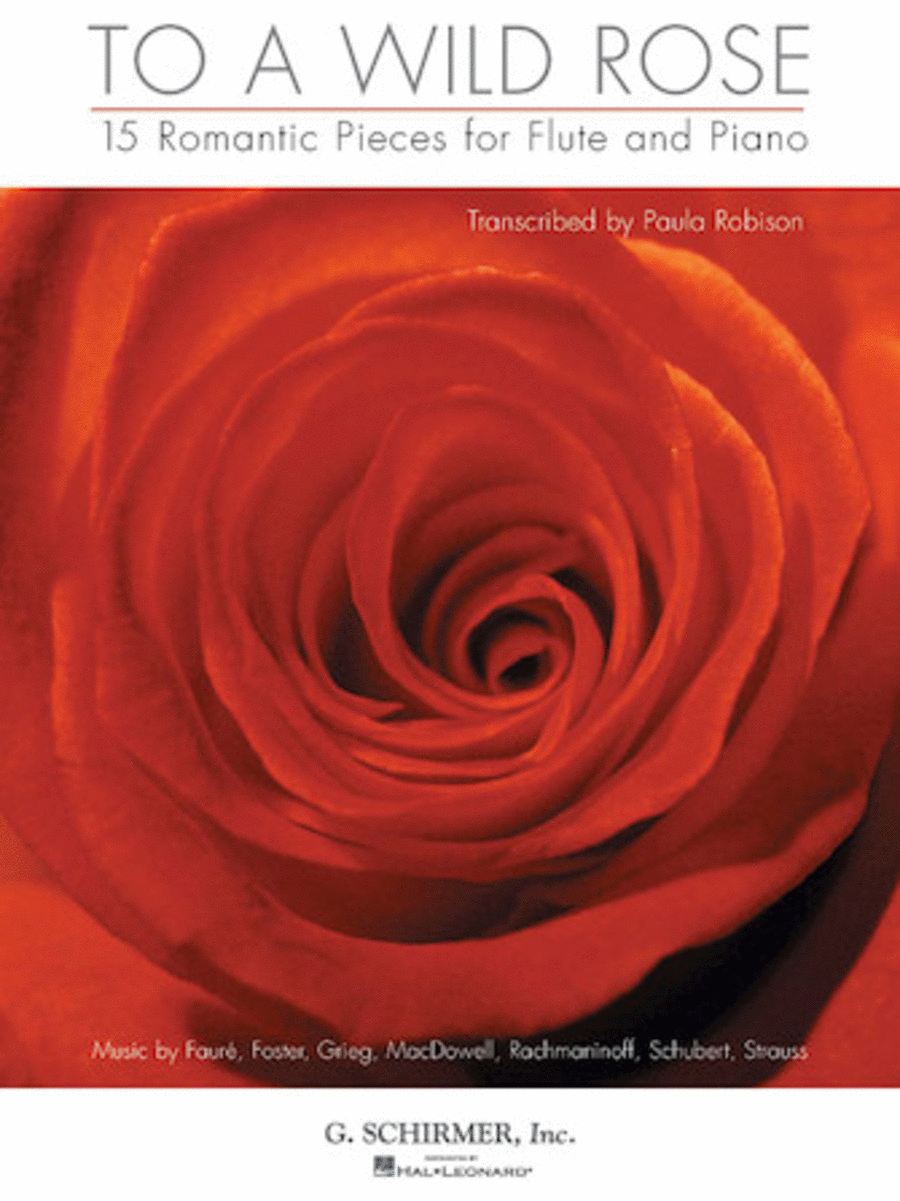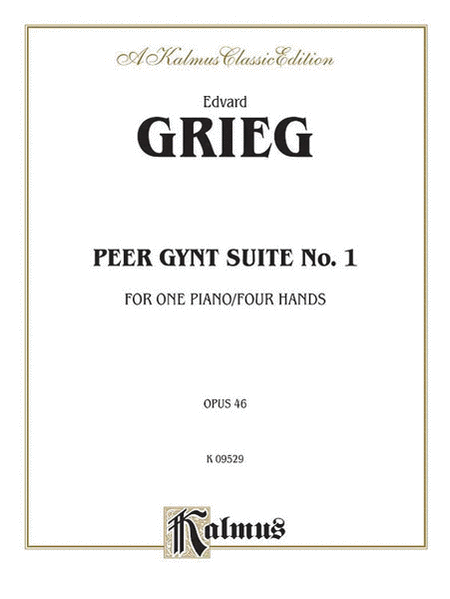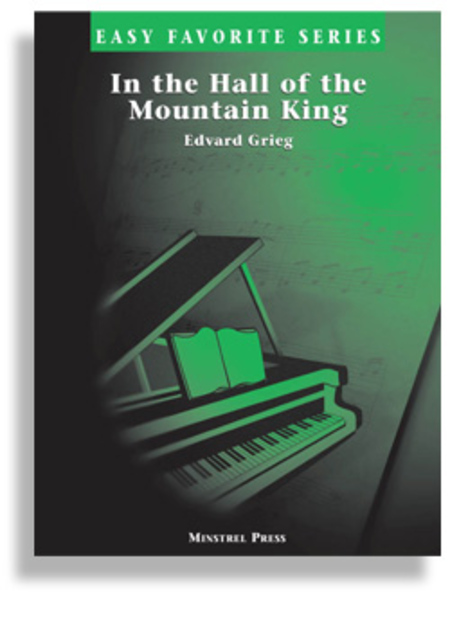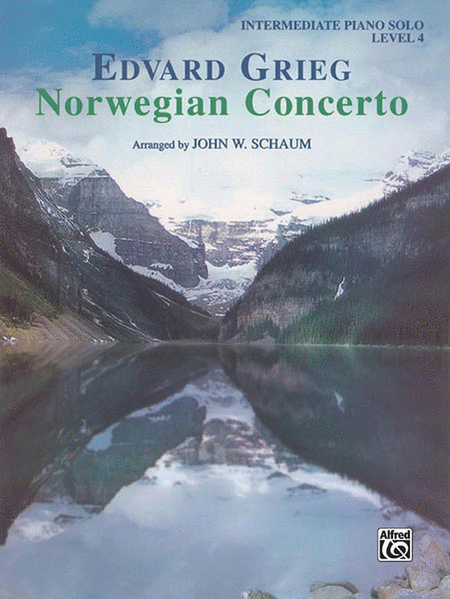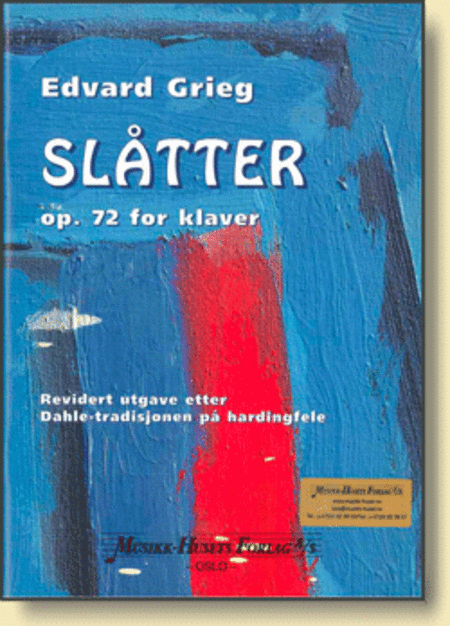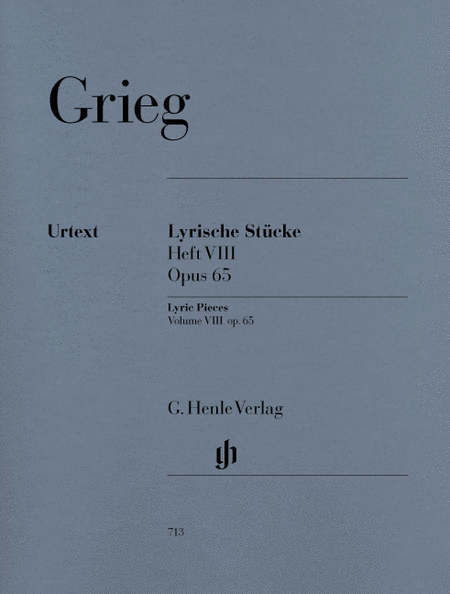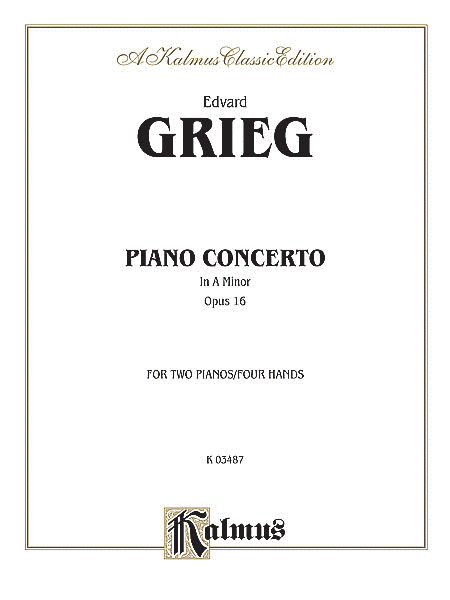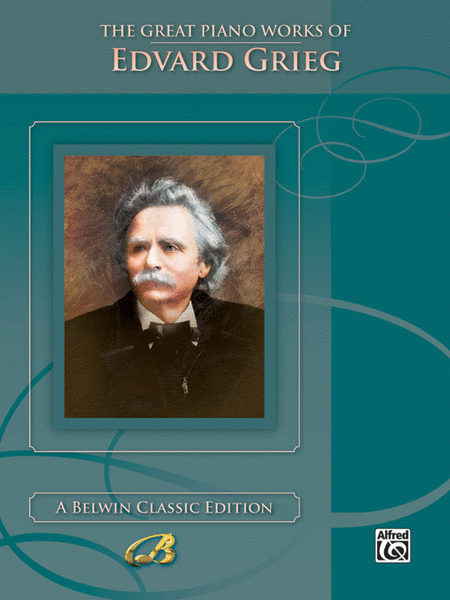Edvard Grieg (1843 - 1907)
 Norvège
Norvège
Edvard Hagerup Grieg (June 15, 1843 ? September 4, 1907) was a Norwegian composer and pianist who composed in the Romantic period. He is best known for his Piano Concerto in A minor, for his incidental music to Henrik Ibsen's play Peer Gynt (which in ... (Read all)
Source : Wikipedia
 Norvège
NorvègeEdvard Hagerup Grieg (June 15, 1843 ? September 4, 1907) was a Norwegian composer and pianist who composed in the Romantic period. He is best known for his Piano Concerto in A minor, for his incidental music to Henrik Ibsen's play Peer Gynt (which in ... (Read all)
Source : Wikipedia
PIANO Free sheet music of Edvard Grieg - Theme from
2 sheets found sorted by:
Search on #PIANO
| ||||||||||||||||||||||||||||||||||||||||
© 2000 - 2024
Home - New releases - Composers
Legal notice - Full version





